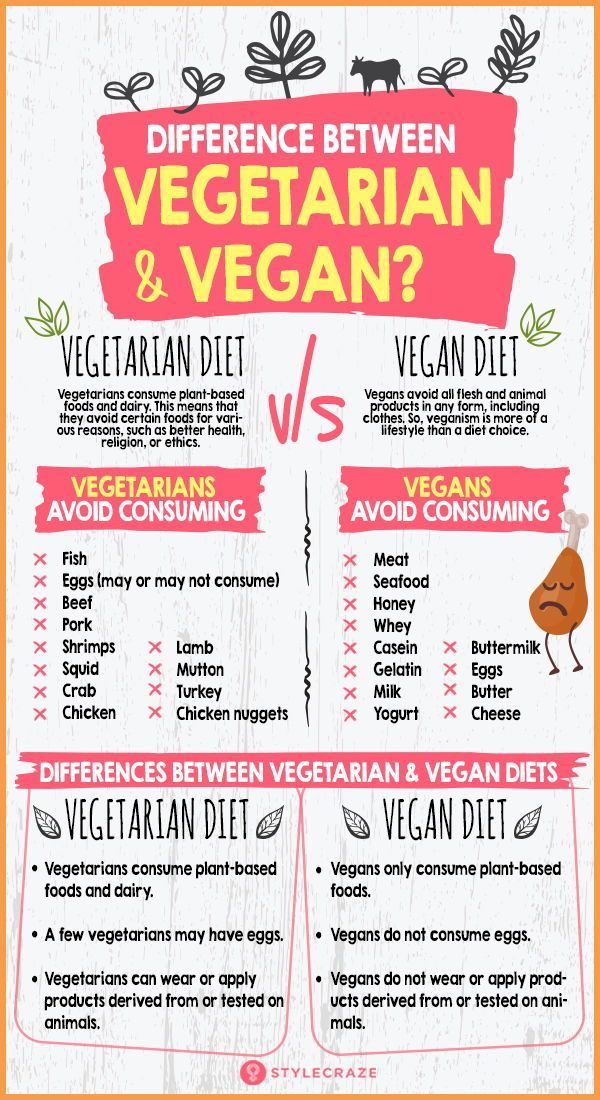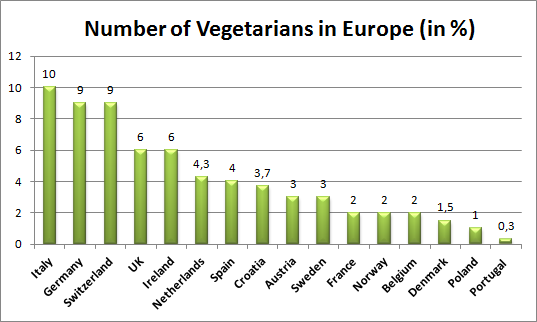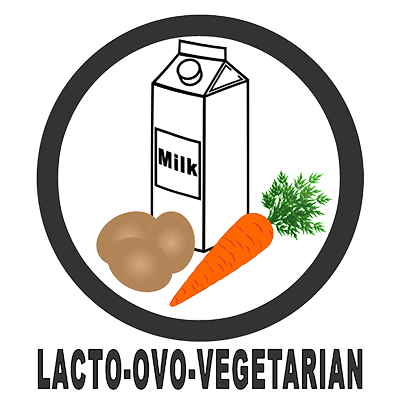
Creating a vegan meal planner is a great way to make sure that you are getting the nutrients that you need. This type of diet is great for the environment as it lowers the chance of getting diabetes or heart disease. You can arrange your meals to meet your dietary requirements or budget. There are a number of vegan meal planner apps that can make this process a bit easier.
Many of the top vegan meal planning apps can help you shop for groceries. Many apps will help you identify the items that you need to purchase for particular recipes. This will help you avoid spending too much on unnecessary items. Some apps can link you with grocery delivery services. You can schedule your groceries to be delivered to your doorstep. This will help you save time and avoid wasting your time wandering around grocery stores.
There are many options for free vegan meal plan apps. Some of them are linked to Forks over Knives - a popular wellness and health brand. The free meal planner apps include menus, recipes and a grocery list. The paid version allows users to create their own recipes.

PlateJoy provides a comprehensive meal plan service. It can help you plan out your entire week's meals. The service allows you to input your ingredients and preferences, and will suggest healthy recipes that make use of what you have. A 10-day free trial is also available. You can also download weekly meal plans from them by email. A 6-month plan is available for just over ninety dollars.
Meal planners can be a time-saver for those who don't want to cook or have the time. Many meal planning apps can be linked to grocery delivery apps so that you can get your groceries delivered right to your doorstep. Using a meal plan will help you know exactly what food you have at hand and what items you need to order. It can be used to save food.
A vegan meal plan can seem daunting. It's always a good idea have a backup plan. This includes making several different versions of a recipe, or having a pantry-based recipe ready to go when you need it. The app's vegan meal planner also includes a recipe collection that can be used to create a weekly food plan.
There are many unique features to the Vegan Meal Planner that you won't see in other meal planner apps. You will find a weekly meal planner, a weekly shopping guide, and a help section. It includes Tips & tricks and you can request a personalized coach to provide advice and suggestions.

Other features include the Vegan Meal Planner. Register for a free weekly menu plan, download a vegan meal planner sample, and get tech support.
FAQ
What can you do if your immune system is weak?
The human body is made up of trillions and trillions cells. These cells work together to form organs and tissues that perform specific functions. One cell is replaced by another when it dies. Cells also communicate with each other using chemical signals called hormones. Hormones regulate all bodily functions from growth and developmental to metabolism and immunity.
Hormones refer to chemicals secreted in glands throughout the body. They travel through the blood stream and act like messengers to control how our bodies function. Some hormones can be produced within the body while others can be made outside.
When a hormone-producing gland releases their contents into the bloodstream, hormone production begins. Once released, hormones move through the body until they reach their target organ. In some cases, hormones remain active only for a short period of time. Other hormones stay active longer and continue to influence the body's functioning even after they leave the bloodstream.
Some hormones may be produced in large numbers. Some hormones are produced in large quantities.
Certain hormones are only produced at certain times in life. For instance, estrogen is produced during puberty, pregnancy, menopause, and old age. Estrogen assists women with breast development, bone density, and osteoporosis prevention. It is also known to promote hair growth and keep skin soft and smooth.
How can I control my blood pressure?
The first thing you need to do is find out what causes high blood pressure. Then you need to take steps to reduce this cause. You can do this by eating less salt, losing weight, or taking medication.
Exercise is also important. Try walking if you don’t find the time.
A gym membership is a good idea if you don't like how much exercise your doing. You'll probably want to join a gym where there are other people who share your goals. It is easier to adhere to a fitness routine when someone else will be there with you.
Which are the top 10 foods you should eat?
The following are the 10 best foods to consume:
-
Avocados
-
Berries
-
Broccoli
-
Cauliflower
-
Eggs
-
Fish
-
Grains
-
Nuts
-
Oats
-
Salmon
How much should I weight for my height and age? BMI calculator and chart
The best way to determine how much weight you need to lose is to use a body mass index (BMI) calculator. A healthy BMI range is between 18.5 and 24.9. Weight loss is possible if you aim to lose approximately 10 pounds per week. Simply enter your weight and height into the BMI calculator.
This BMI chart can help you find out if or not you are obese.
Why do we need to have a healthy lifestyle?
Healthy living can lead to a longer and happier life. A healthy diet, regular exercise, good sleep habits, and stress management will help prevent diseases like heart disease, diabetes, cancer, and stroke.
By living a healthy lifestyle, we can improve our mental health. It will make us more resilient to everyday stress. Having a healthy lifestyle will also boost our self confidence and help us look and feel younger.
How do you know what is best for you?
Your body is your best friend. When it comes to your body's needs for exercise, food, or rest, it is the best. Your body will tell you what to do so that you don't go overboard. Pay attention to your body, and ensure that you're taking care of your health.
Statistics
- This article received 11 testimonials and 86% of readers who voted found it helpful, earning it our reader-approved status. (wikihow.com)
- nutrients.[17]X Research sourceWhole grains to try include: 100% whole wheat pasta and bread, brown rice, whole grain oats, farro, millet, quinoa, and barley. (wikihow.com)
- In both adults and children, the intake of free sugars should be reduced to less than 10% of total energy intake. (who.int)
- WHO recommends consuming less than 5% of total energy intake for additional health benefits. (who.int)
External Links
How To
What does the term "vitamins" mean?
Vitamins are organic substances found naturally in food. Vitamins aid us in absorbing nutrients from the food we eat. Vitamins are not made by the body, so they must be obtained through food.
Two types of vitamins exist: water soluble and oil soluble. Water-soluble vitamins dissolve readily in water. These include vitamin C (thiamine), Vitamin B1 (riboflavin), Vitamin B2 (riboflavin), Vitamin B3 (niacin), Vitamin B6 (pyridoxine), Vitamin C, B1 (thiamine), Vitamin B2 (riboflavin), Vitamin B3 (niacin), and Vitamin B6 (pyridoxine). The liver and fatty tissue are the main storage places for fat-soluble vitamins. Examples include vitamin D, E, K, A, and beta carotene.
Vitamins are classified based on their biological activity. There are eight main groups of vitamins.
-
A - Vital for healthy growth.
-
C - essential for proper nerve function, and energy production.
-
D - essential for healthy teeth and bones.
-
E - needed for good vision and reproduction.
-
K - required for healthy muscles and nerves.
-
P - essential for strong bones, teeth and tendons
-
Q – aids digestion and absorption.
-
R - necessary for making red blood cells.
The recommended daily allowance of vitamins (RDA), varies depending upon age, gender, physical condition, and other factors. The U.S. Food and Drug Administration sets RDA values.
For adults aged 19 or older, the RDA of vitamin A is 400mg per day. Pregnant mothers need 600 micrograms a day to ensure fetal growth. Children ages 1-8 require 900 micrograms per day. Babies under one-year old need 700 micrograms per daily. Between 9 and 12 month, however, this drops to 500 mg per day.
Children aged 1-18 years need 800 micrograms daily, while children overweight require 1000 micrograms per days. Children who are severely obese or underweight will need 1200 micrograms each day.
Children 4-8 years old with anemia will need 2200 mg of vitamin D daily.
Adults over 50 years of age need 2000 micrograms per day for general health. Mothers who are pregnant, nursing, or have a high nutrient need will require 3000 micrograms a day.
Adults over 70 require 1500 micrograms each day, since they lose approximately 10% of muscle mass each decade.
Women who have been pregnant or are lactating require more than the RDA. Pregnant and breastfeeding women require 4000 micrograms each day during pregnancy and 2500 Micrograms each day after birth. Breastfeeding mothers need to consume 5000 micrograms each day when breastmilk has been produced.